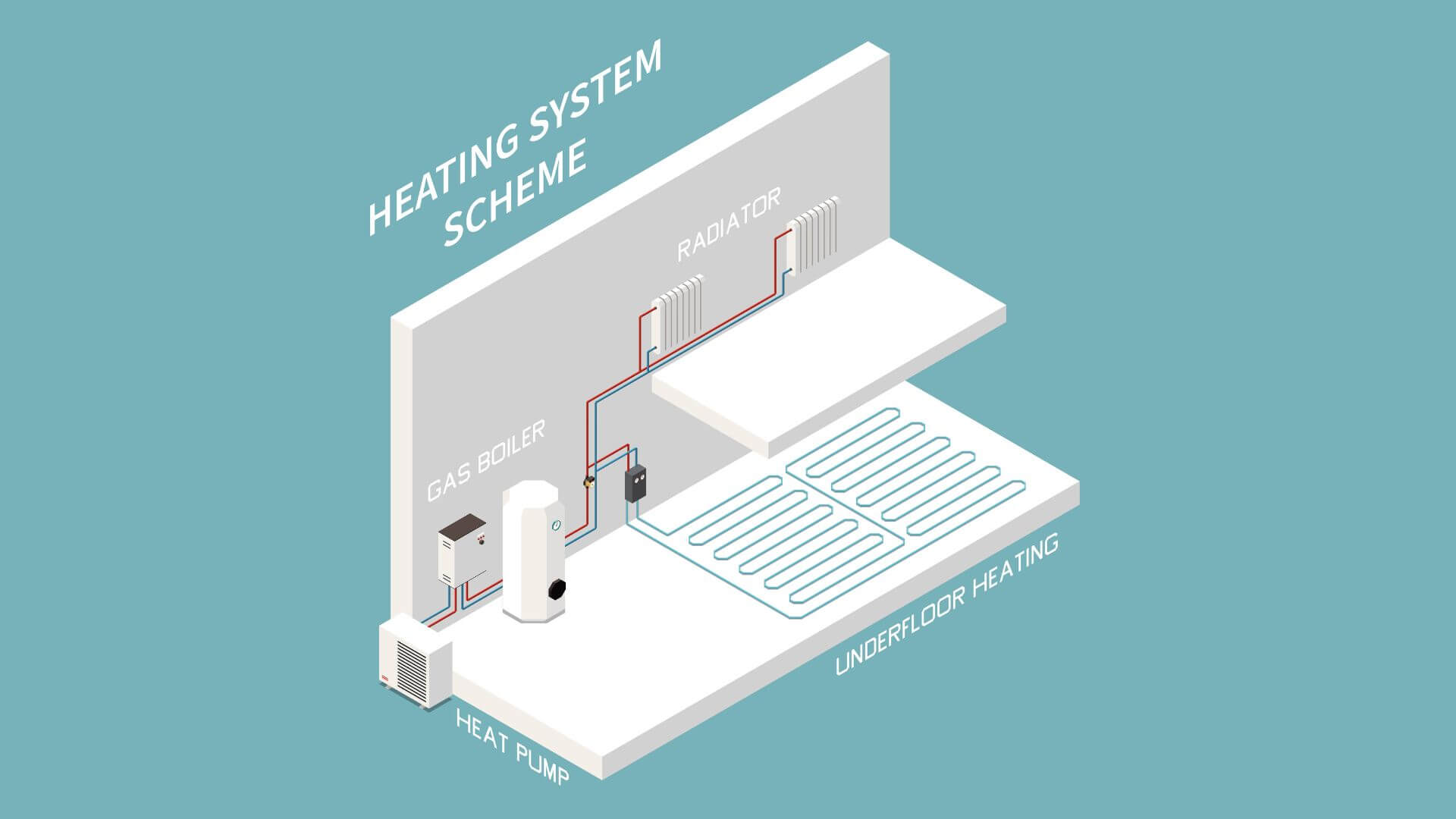Understanding the Challenges of Architectural Project Budgeting
Architectural projects are complex undertakings that require meticulous planning and budgeting to ensure successful completion. However, managing the budget for an architectural project can be a significant challenge, with many factors contributing to potential cost overruns.
One of the primary challenges in architectural project budgeting is the inherent uncertainty involved in the design and construction process. Unforeseen site conditions, changes in material prices, and unexpected regulatory requirements can all contribute to budget overruns. Additionally, the iterative nature of the design process can lead to changes that impact the overall cost.
Another challenge is the need to coordinate the various stakeholders involved in an architectural project, including the client, design team, contractors, and subcontractors. Effective communication and collaboration are essential to ensure that all parties are aligned on the project's budget and scope.
Construction cost management is also a critical aspect of architectural project budgeting. Careful tracking of expenses, negotiation of contracts, and proactive cost control measures are necessary to keep the project within budget.
By understanding these challenges and implementing effective budgeting strategies, architectural firms can improve their chances of delivering projects on time and within budget, ultimately enhancing their reputation and client satisfaction.
What Are Virtual Bank Cards and How Do They Benefit Architectural Projects?
Virtual bank cards are a digital payment solution that provide businesses with a secure and convenient way to make purchases. These virtual cards are linked to a digital wallet and can be used for a variety of business expenses, including architectural projects.
One of the key benefits of virtual bank cards is the ability to generate unique card numbers for each transaction. This helps to protect sensitive financial information and reduce the risk of fraud. Virtual cards can also be set with spending limits and other controls, giving businesses greater visibility and control over their spending.
Another advantage of virtual bank cards is the potential for cashback rewards. Many providers offer cashback virtual card or other incentives when virtual cards are used, which can help offset the costs of business expenses. This can be particularly beneficial for architectural firms that need to make frequent purchases for their projects.
Overall, virtual bank cards offer architectural businesses a flexible and secure payment solution that can help streamline their financial processes and save money in the long run.
Streamlining Architectural Procurement with Virtual Bank Cards
As the architecture and construction industries continue to evolve, the need for efficient and secure procurement processes has become increasingly crucial. One innovative solution that is transforming the way professionals in these sectors manage their finances is the use of virtual bank cards.
Virtual cards offer a range of benefits that can help streamline the procurement process for architectural firms. By providing a digital payment method that is linked to a dedicated account, virtual cards eliminate the need for traditional paper-based invoices and checks. This not only reduces administrative overhead but also enhances security by minimizing the risk of fraud or lost/stolen physical cards.
Moreover, virtual cards often come with valuable features such as customizable spending limits, real-time transaction tracking, and even cashback rewards. These capabilities enable architectural firms to maintain tight control over their spending, while also potentially generating cost savings through rebates and other incentives.
In the fast-paced world of construction and design, the ability to make quick and secure online payments is essential. Virtual bank cards empower architectural professionals to do just that, allowing them to focus on their core responsibilities without getting bogged down by procurement-related challenges.
Enhanced Visibility and Control Over Architectural Spending
Effective spend management is critical for architecture and construction firms to maintain profitability and deliver projects on budget. However, gaining full visibility into project costs and controlling spending can be a significant challenge.
By leveraging purpose-built spend management solutions, architecture and construction businesses can enhance their ability to track expenses, manage budgets, and maintain control over project finances. These tools provide real-time visibility into spending across all projects, enabling firms to identify cost overruns early and make informed decisions to keep projects on track.
With enhanced expense tracking and budget controls, architecture and construction companies can better predict cash flow, improve resource allocation, and ensure project profitability. Automated expense reporting, approval workflows, and detailed cost analytics empower firms to gain tighter control over their architectural spending and project budgets.
Improving Cash Flow and Reducing Financial Risks for Architectural Firms
Architectural firms face unique financial challenges, from project-based cash flow to managing risks on construction projects. However, there are strategies firms can implement to improve cash flow and mitigate financial risks.
Effective cash flow management is crucial for architectural practices. This includes invoicing clients promptly, negotiating favorable payment terms, and closely monitoring accounts receivable. Firms can also explore options like progress billing or retainers to provide more consistent cash inflow.
In addition, proactively identifying and addressing potential financial risks is key. This may involve conducting thorough due diligence on clients, subcontractors, and partners to assess creditworthiness and project viability. Implementing robust contract management processes can also help architectural firms avoid costly disputes or project delays.
By focusing on cash flow optimization and comprehensive risk management, architectural firms can strengthen their financial resilience and position themselves for long-term success.
Revolutionize Your Architectural Project Budget Management with Virtual Bank Cards
Virtual bank cards offer a powerful solution for architectural firms looking to streamline their project budget management. By providing secure, flexible, and transparent payment options, virtual cards can help you better control costs, improve financial visibility, and enhance overall project efficiency.
As you wrap up your architectural project, consider the benefits of incorporating virtual bank cards into your budget management strategy. With the ability to set spending limits, track transactions in real-time, and eliminate the need for physical cards, virtual cards can revolutionize the way you handle project finances. Embrace this innovative technology and unlock new levels of financial control and accountability for your architectural endeavors.





